Driving traffic to your website is the lifeblood of online success. While creating a compelling website is the first step, the real challenge lies in attracting visitors and keeping them engaged. For business owners, bloggers, and marketers alike, the ability to draw people to your digital doorstep can make or break your online presence.
This comprehensive guide unveils proven strategies toincrease website traffic and transform casual visitors into devoted followers and customers.
From content creation to technical optimisation, we will explore a diverse array of strategies designed to elevate your online visibility and engagement.
Top 28 Ways to Increase Website Traffic
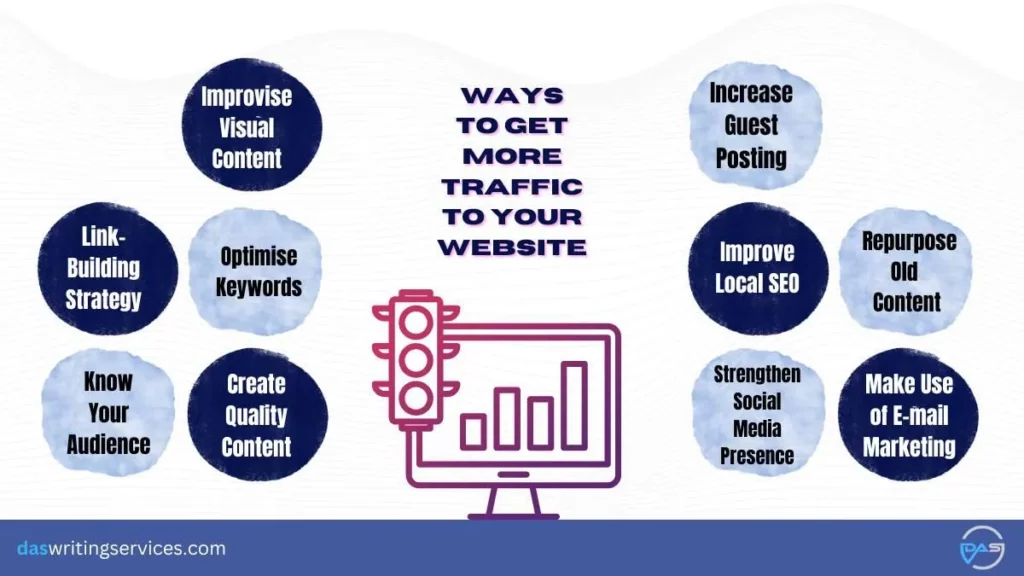
Driving traffic to your website involves a multi-faceted approach that leverages various strategies. Here is a detailed overview of some of the most effective methods:
1. Focus on Seamless Content Creation
Content creation is a cornerstone of attracting visitors to your website. This involves regularly producing high-quality, relevant, and engaging material such as blog posts, videos, infographics, and podcasts that resonate with your target audience.
To succeed, you should maintain a consistent publishing schedule, ensuring your content stays fresh and relevant. The key lies in focusing on delivering real value by addressing the needs and interests of your audience.
Incorporating diverse content formats caters to different preferences, whether through in-depth articles for readers or videos for visual learners.
High-quality, actionable, and data-backed content helps to establish authority, increase website traffic flow, and retain visitors. If you want to create high-quality content for your website, hiring a content writing agency can help you reach the top.
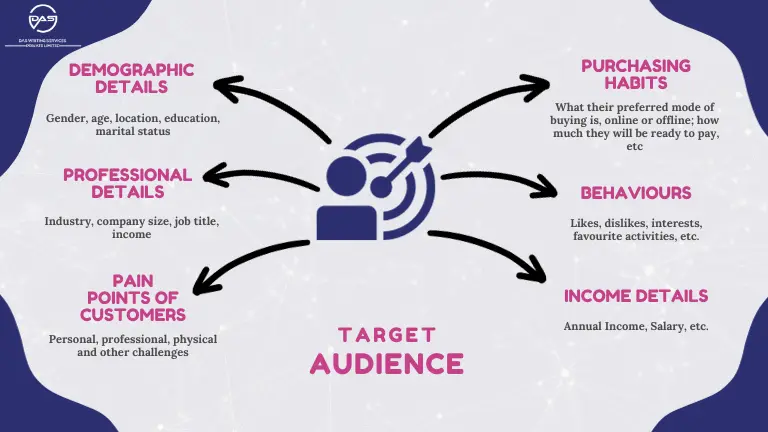
2. Develop Topical Expertise in Your Domain
Establishing your website as an authority in a specific niche is vital for long-term growth. Building credibility involves creating well-researched and comprehensive content that offers unique insights and expert opinions. You can enhance your authority by sharing thought leadership pieces and case studies that showcase your expertise.
Additionally, inviting guest contributors who are recognised in your industry can further bolster your credibility. Over time, as your site becomes a go-to resource for specific topics, targeted traffic will naturally follow.
3. Organic Social Media
Social media is a powerful tool for amplifying your content and reaching a broader audience. By selecting platforms where your target audience is most active, such as LinkedIn for B2B or Instagram for lifestyle brands, you can strategically share your content.
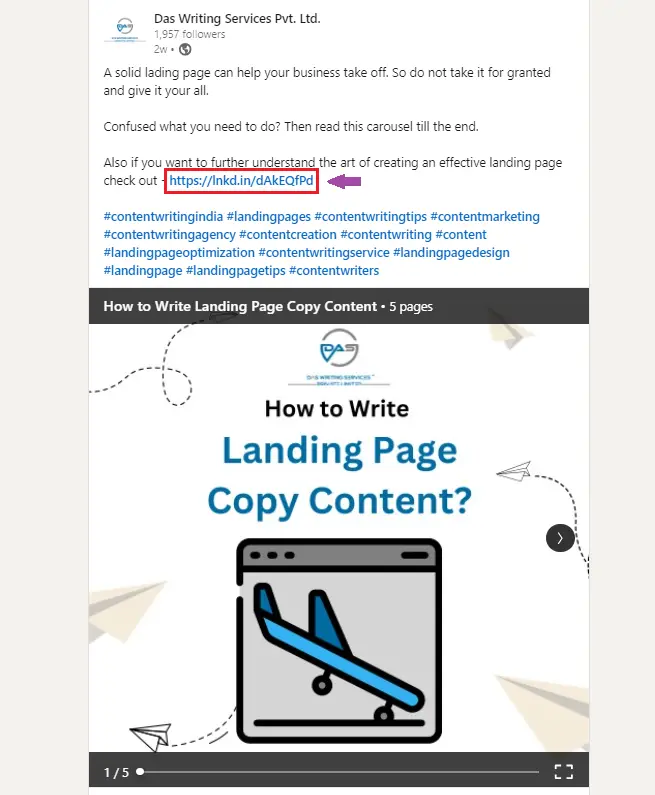
Engaging with your followers through comments, posts, and messages builds relationships and enhances your brand’s visibility. Consistently sharing your content on social channels not only increases website trafficbut also encourages social sharing, expanding your reach.
4. Website Analysis
Analysing your website’s performance is crucial to understanding what works and where improvements are needed. Tools like Google Analytics and SEMrush provide valuable data on visitor behaviour, traffic sources, and conversion rates.
By tracking key metrics such as page views, bounce rates, and user interactions, you can make informed decisions to optimise your content, design, and marketing strategies.
Continuous monitoring allows you to tweak your approach based on real-time data, ensuring consistent traffic growth and a better user experience.
5. Collaborate with Influencers
Partnering with influencers who have a strong following within your niche can significantly boost your traffic. The key is to identify influencers whose audience aligns with your target market. Collaborations can range from creating joint content to hosting giveaways or featuring reviews, all aimed at driving their followers to your site.
Tracking the results of these collaborations is essential to measure their impact on your traffic and engagement, allowing you to refine your influencer strategy over time.
6. Email List Building
Building and nurturing an email list is one of the most effective ways to drive repeat traffic. By offering valuable incentives such as exclusive content, discounts, or resources in exchange for email subscriptions, you can grow your list steadily.
Segmenting your audience allows you to send personalised content that resonates with different groups. Regular communication through newsletters keeps your audience engaged and encourages them to return to your site, driving sustained traffic over time.
Here is how Neil Patel uses email marketing to promote his blog and bring traffic to the website:
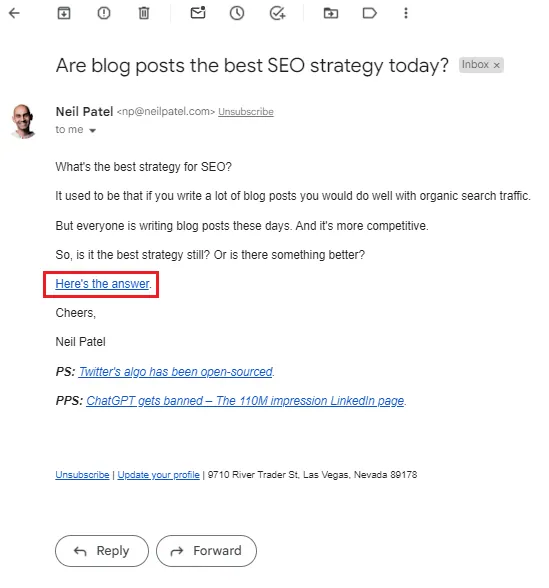
7. Community Engagement
Engaging with online communities and forums relevant to your niche is a great way to attract targeted traffic. Participating actively in discussions, answering questions, and offering valuable insights without overtly promoting your site helps build credibility.
Over time, this positions you as a helpful resource, leading to more people visiting your site. Additionally, creating your own community or forum around your content can foster deeper connections and loyalty, encouraging users to return regularly.
8. On-Page SEO
Optimising your website’s on-page elements is essential for attracting organic traffic. This involves integrating relevant keywords into your titles, headers, and content while maintaining a user-friendly structure.
Writing compelling meta tags improves your visibility in search results, leading to better click-through rates. Structuring content with headers, bullet points, and concise paragraphs makes it more readable and accessible, enhancing the user experience while boosting your SEO to increase website traffic.
9. Quality Backlinks
Securing quality backlinks from reputable websites signals to search engines that your site is trustworthy, leading to higher rankings and more traffic. Building relationships with other site owners, engaging in guest blogging, and creating content that others want to link to are effective ways to earn these backlinks. A robust backlink profile not only improves your SEO but also drives referral traffic from authoritative sites.
10. Video Marketing
Video content is increasingly popular and can drive substantial traffic to your website. Creating valuable videos that offer tutorials, insights, or reviews helps engage your audience.
Optimising video titles, descriptions, and tags with relevant keywords enhances their discoverability in search engines. Sharing your videos on social media and embedding them in your blog posts can further boost your visibility and bring more visitors to your site.
11. Content Repurposing
Repurposing existing content into different formats is an excellent way to reach new audiences and extend its lifespan. For example, turning a popular blog post into an infographic, video, or slideshow allows you to share it across various channels.
Refreshing outdated content with new information also keeps it relevant. By distributing repurposed content widely, you maximise its reach and drive more traffic back to your website.
At Das Writing Services, we use this strategy to bring additional traffic to our site. In the following image, you can see that we have repurposed our existing blog on Google E-E-A-T and created a social media post on LinkedIn. We have added a link to the blog page. So, if people click on the link on the LinkedIn post, they will go to our blog post.
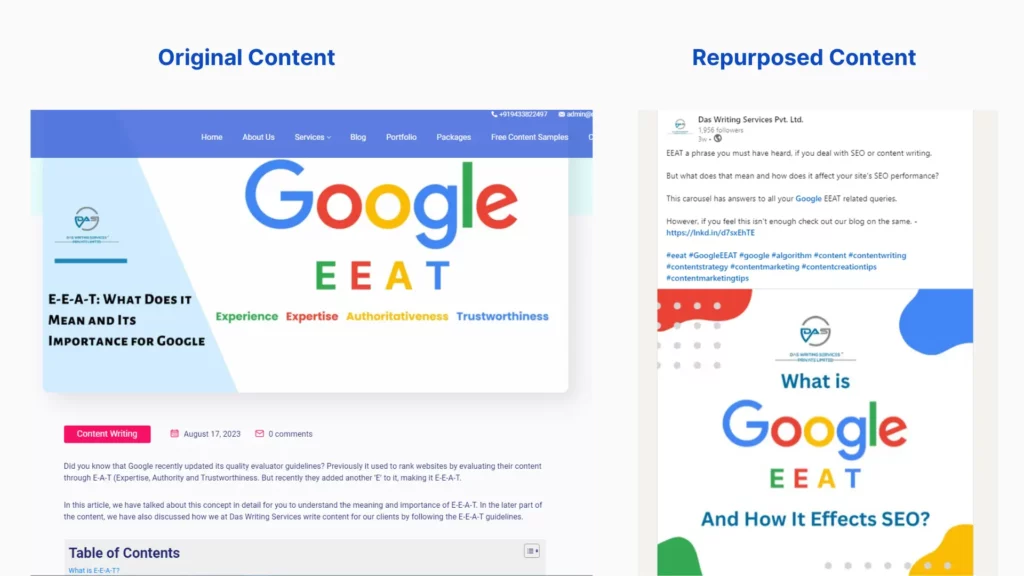
12. SEO Tools
Using SEO tools is essential for monitoring your website’s performance and identifying growth opportunities. Tools like SEMrush and Ahrefs provide insights into keyword rankings, site audits, and competitive analysis.
Regularly conducting site audits helps you spot and resolve issues that might be hindering your traffic. Competitive analysis allows you to discover gaps in your strategy and find new opportunities to outperform rivals.
13. Historical Optimisation
Historical optimisation involves updating and enhancing older content to keep it relevant and improve its performance. Refreshing outdated information, improving readability, and incorporating current SEO practices can boost the visibility of older posts.
Promoting updated content through email or social media gives it a fresh audience, driving renewed traffic to your site.
14. Voice Search Optimisation
As voice search grows in popularity, optimising your content for voice queries can enhance your site’s visibility. This involves using natural language and conversational keywords that people are likely to speak rather than type.
Structuring content to answer common questions directly aligns with how voice searches work. Implementing schema markup also helps search engines display your content effectively in voice search results.
15. Local SEO Optimization to Bring Traffic to the Website
LocalSEO to increase website traffichelps attract users searching for businesses or services within a specific geographic area. Claiming and optimising your Google My Business listing ensures accurate information is available to potential customers.
Incorporating local keywords into your content and meta tags enhances your chances of ranking in local search results. Encouraging satisfied customers to leave reviews can also boost your local credibility and drive more traffic from nearby users.

16. QR Codes
QR codes provide a bridge between offline interactions and your website. By strategically placing QR codes in printed materials, packaging, or physical locations, you make it easier for users to access your content. Tracking engagement through analytics helps measure how effective your QR code campaigns are in driving traffic.
17. A/B Testing
A/B testing allows you to experiment with different versions of your web pages to see which performs better. By testing elements like headlines, images, or CTAs, you can determine what resonates most with your audience.
The data from these tests informs your decisions, helping you optimise your site for better engagement and conversions, ultimately driving more traffic.
18. Internal Linking
Strategic internal linking helps guide users through your website while boosting SEO. Linking-related content keeps visitors engaged longer and encourages them to explore more of your site. Using descriptive anchor text provides context and improves the user experience. However, it’s important to avoid excessive linking, which can overwhelm users.
19. Technical SEO
Technical SEO focuses on optimising your website’s backend to improve performance and search engine visibility. This includes enhancing site speed, ensuring mobile-friendliness, and fixing broken links. A well-optimised site not only ranks better in search engines but also provides a smoother experience for visitors, leading to increased traffic.
20. Community Building
Building a community around your brand fosters loyalty and encourages repeat visits. Creating forums, groups, or spaces where your audience can interact helps cultivate a sense of belonging.
Hosting events like webinars or live chats further engages your community. Encouraging user-generated content strengthens connections and motivates users to regularly visit your site.
21. Content Offers
Providing content offers is an effective way to encourage user actions that lead to increased traffic. Offering gated content like ebooks, whitepapers, or templates in exchange for email subscriptions helps grow your list.
Promoting these offers through pop-ups or email campaigns can drive more visitors to your site. Tracking conversions allows you to assess the effectiveness of your content offers.
22. Media Coverage and Public Relations
Gaining media coverage can significantly enhance your website’s visibility and credibility. Writing press releases, pitching story ideas to journalists, and securing guest posts are all effective ways to get noticed by the media.
Leveraging any media mentions you receive by sharing them on your website and social channels can attract additional visitors and build trust.
23. Publish Guest Posts
Publishing guest posts on well-established websites in your industry is a highly effective strategy to increase website traffic. When you contribute high-quality content to reputable sites, you gain exposure to their audience, which often consists of potential clients or followers that you may not have reached otherwise.
The key to a successful guest post strategy lies in offering content that adds real value to the host site’s readers. This involves providing in-depth insights, actionable advice, or unique perspectives that align with the interests of their audience.
While subtly promoting your website, you can include backlinks within the post or author bio that direct readers to your site for more information.
24. Social Share Buttons
Social share buttons make it easy for users to share your content, amplifying its reach. Placing these buttons prominently on your content pages encourages sharing across platforms.
Including clear calls-to-action that prompt users to share also helps. Tracking how often your content is shared and which platforms are most effective provides insights for future strategies.
25. CTR Optimisation
Improving your click-through rates (CTR) can lead to higher engagement and more traffic. Writing compelling meta tags, including engaging titles and descriptions, entices users to click on your links in search results.
Utilising rich snippets with schema markup can enhance your listings with additional information. Testing different headlines and analysing results help you refine your approach.
26. Use LinkedIn
LinkedIn is a powerful platform to increase website traffic, particularly for businesses targeting a B2B audience. The platform offers a professional environment where you can establish thought leadership by sharing insightful content, articles, and updates.
Consistently posting high-quality content showcasing your expertise builds credibility and encourages engagement from your target audience. Additionally, participating in industry-specific discussions, and LinkedIn groups, and commenting on relevant posts helps increase your visibility within your niche.
27. Academy and Knowledge Base Posts
Educational content like tutorials, guides, and knowledge-base articles provide value while driving traffic. Developing comprehensive resources that address common questions positions your website as a helpful reference.
Regularly updating these resources keeps them relevant, and promoting them across channels can draw in new visitors seeking specific information.
28. Social News Sites
Participating in social news sites like Reddit or Hacker News can increase website traffic if done correctly. Identifying relevant subreddits or communities and sharing valuable content that aligns with their interests is key.
Engaging in discussions and responding to comments builds credibility, while thoughtful participation can increase website traffic from these platforms.
Organic Search Traffic vs Paid Traffic
Here is a table that outlines the key differences between organic traffic and paid traffic based on the provided text:
| Aspect | Organic Traffic | Paid Traffic |
| Definition | Traffic from unpaid search results driven by SEO efforts. | Traffic is generated through paid advertising (PPC, display ads, social media ads). |
| Advantages | – Cost-effective with long-term ROI. – Builds credibility and trust as users prefer organic results. – Provides sustainable growth and brand authority over time. | – Provides immediate visibility and exposure. – Offers precise targeting based on demographics, interests, and behaviours. – Flexibility in adjusting campaigns based on performance and budget. |
| Challenges | – Time-consuming to achieve rankings. – Highly competitive, especially for top search positions. – Prone to fluctuations due to algorithm changes. | – Can be expensive, especially in competitive industries. – Traffic drops significantly once ads stop. – Some users may ignore or block ads (ad blindness). |
| Sustainability | Sustainable with consistent effort; rankings and visibility can grow over time. | Short-term; traffic is dependent on continued ad spend. |
| Trust and Engagement | Higher trust and engagement as users view organic results as more credible. | May suffer from lower trust due to user scepticism or ad fatigue. |
| Cost | No direct cost for clicks; requires investment in content and SEO strategies. | Direct cost associated with each click or impression (e.g., CPC or CPM models). |
How to Analyse and Measure Your Website Traffic?
To effectively analyse and measure your website traffic, leveraging a combination of analytics tools is essential.
You can leverage the following tools to increase website traffic:
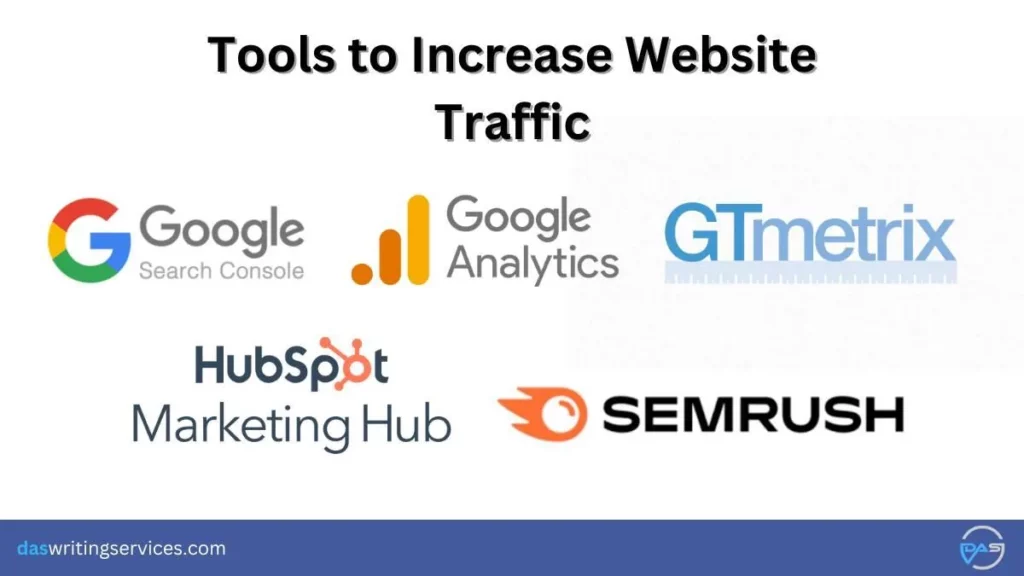
1. Google Search Console
Google Search Console is a vital tool for monitoring and optimising your site’s SEO performance. It tracks your website’s search traffic, providing insights into how your site appears in Google search results.
You can use it to identify and fix indexing errors, monitor crawl statistics, and analyse search queries that increase website traffic. Google Search Console also offers data on your site’s performance, including click-through rates (CTR) and average position for various keywords.
This tool helps you understand how users are finding your site through search engines, enabling you to optimise your content and technical SEO practices to improve visibility and drive more organic traffic.
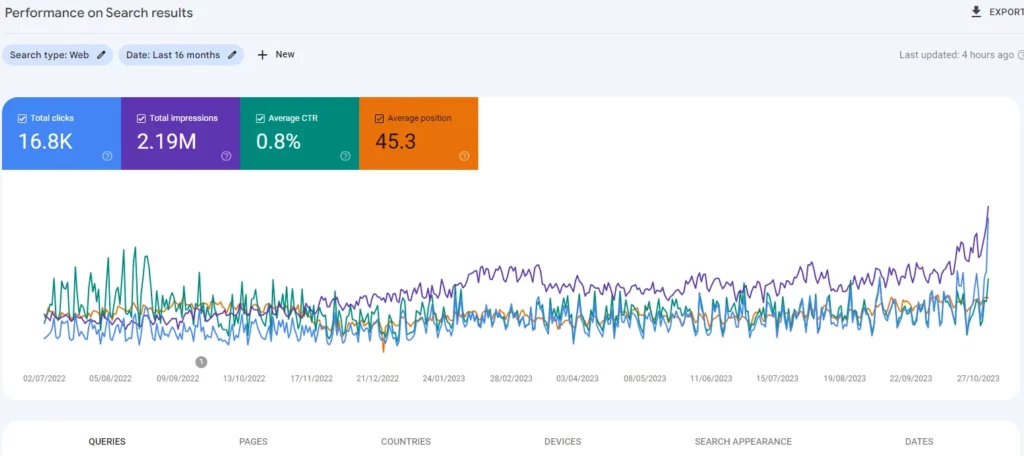
2. Google Analytics
Considered one of the best free tools to increase website traffic, Google Analytics is an invaluable tool for understanding visitor behaviour on your website. It provides comprehensive data on various aspects of user interactions, such as the sources of your traffic, the devices users employ, and their engagement with different pages.
With Google Analytics, you can track metrics like page views, session duration, bounce rates, and conversions. Additionally, it allows you to set up and monitor goals to gauge the effectiveness of your marketing campaigns.
The tool also offers insights into referral traffic, showing which external sources are driving visitors to your site. This data helps you assess the performance of your content and marketing strategies, identify trends, and make data-driven decisions to improve your site’s user experience and overall performance.
3. GT Metrix
The page loading speed of a website is a crucial factor in ranking on the search engine result page. People usually move out from a webpage when it takes too much time to load, and Google takes this issue seriously. It will drop your website’s ranking drastically.
You can use GT Metrix to determine your website’s speed. It showcases the areas you need to optimise to minimise the loading time. Through this tool, you can optimise your web pages accordingly to enhance SEO and traffic on your website.
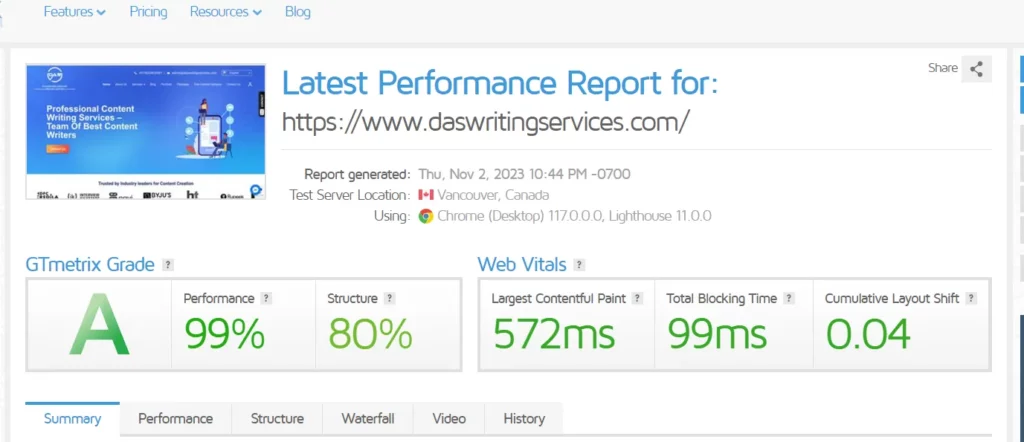
5. Semrush
SEMrush is a robust tool designed for competitive analysis and SEO insights. It provides a range of features to help you understand how your website stacks up against competitors. With SEMrush, you can track your organic traffic and analyse how your competitors are performing in terms of traffic sources, keyword rankings, and backlink profiles.
The tool allows you to discover which keywords are driving the most traffic to your competitors’ sites and identify opportunities for your own content.
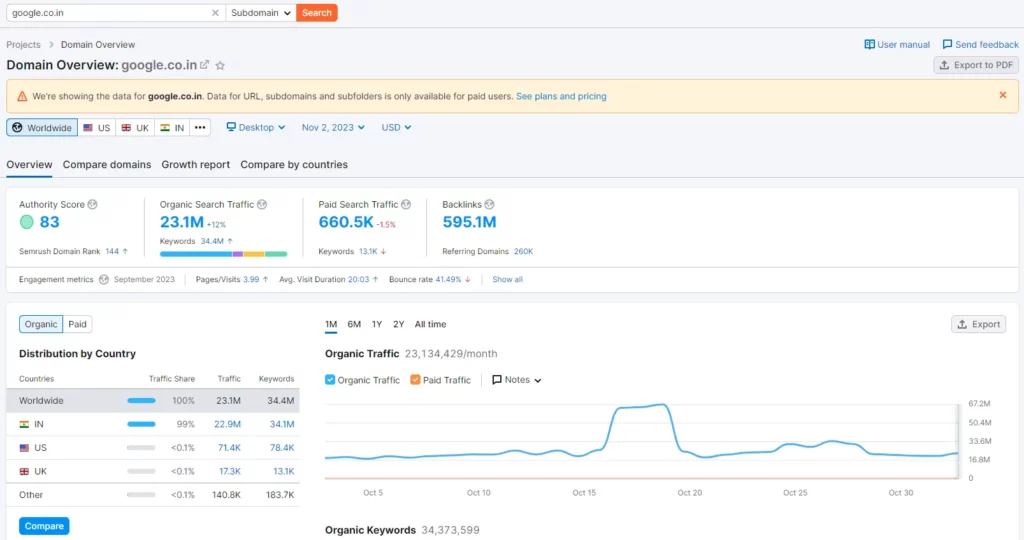
SEMrush’s traffic analytics allow you to benchmark your site’s performance against industry standards and competitor metrics, giving you a clearer picture of where you stand in your niche. This enables you to refine your strategies and gain a competitive edge by identifying areas for improvement and optimising your approach accordingly.
If you have one of the finest websites but do not know how to increase website traffic, it will be a huge problem from your business perspective. You will have to create a content map based on data and insights and create content accordingly.
6. Similarweb
Similarweb provides a broad overview of your website’s traffic and performance, offering valuable insights into traffic sources, audience demographics, and top-performing pages. This tool is particularly useful for benchmarking your website against competitors, as it allows you to compare your traffic metrics with those of other industry players.
Similarweb’s data helps you understand where your traffic is coming from—whether it is direct, referral, search, or social—and provides insights into user behaviour and engagement.
By analysing these metrics, you can identify strengths and weaknesses in your traffic strategy, adjust your marketing efforts, and optimise your content to better meet the needs of your audience.
What are Some Common Mistakes to Avoid When Trying to Increase Traffic?
Several common mistakes can hinder your progress when trying to increase website traffic. Here are some key pitfalls to avoid:
1. Neglecting Mobile Optimisation
With more than half of all web traffic now coming from mobile devices, failing to optimise your website for mobile users can lead to a significant loss in visitors. A mobile-friendly design ensures smooth navigation, quick loading times, and a positive user experience, all of which are essential for retaining mobile traffic.
2. Poor Search Engine Optimisation (SEO)
Overlooking on-page and technical SEO can severely limit your site’s visibility in search engine results. Without proper keyword optimisation, meta tags, structured content, and efficient site performance, your website is unlikely to rank well, leading to reduced organic traffic.
3. Ignoring Customer Reviews
Customer reviews are crucial for building trust and credibility. Positive reviews can enhance your reputation, while negative reviews provide insights into areas that need improvement. Not engaging with customer feedback—whether positive or negative—can damage your brand’s image and deter potential visitors.
4. Under Utilising Social Media
Social media platforms are vital traffic drivers. Neglecting them means missing out on a vast audience that actively engages with content and shares it within their networks. A well-executed social media strategy can amplify your reach, drive traffic, and build community engagement.
5. Overlooking the Importance of Analytics and Data Tracking
Without data-driven insights, it is impossible to accurately gauge the effectiveness of your traffic generation efforts. Neglecting to use tools like Google Analytics prevents you from understanding visitor behaviour, identifying traffic sources, and making informed decisions to optimise your strategies. Regularly tracking and analysing data is key to refining your approach and driving consistent growth.
Takeaway
Increasing website traffic requires a multifaceted approach that integrates various strategies. From search engine optimisation and compelling content creation to active social media engagement and technical refinements, each tactic plays a crucial role in attracting visitors. The key to success lies in diversifying your efforts and consistently evaluating their effectiveness.
Stay informed about industry trends, be responsive to your audience’s evolving needs, and don’t hesitate to adjust your strategies based on performance data. By maintaining this dynamic approach, you will not only increase website traffic to your website but also cultivate a loyal following that contributes to your long-term growth and success in the digital landscape.
Frequently Asked Questions
1. How do I drive organic traffic to my website?
Driving organic traffic to your website involves implementing effective SEO strategies. Start by researching keywords and phrases that align with what your target audience is searching for. Create high-quality, valuable content that addresses these topics comprehensively and engagingly.
Regularly updating your site with fresh content not only keeps your audience engaged but also signals to search engines that your website is authoritative and relevant. Consistency, relevance, and a focus on user intent are key to growing organic traffic over time.
2. How can SEO help improve website traffic and engagement?
Search engine optimisation (SEO) ensures that your content ranks well in search results, making it easier for users to find your website. Effective on-page SEO, such as keyword optimisation, meta tags, and internal linking, combined with technical SEO like site speed and mobile-friendliness, enhances your site’s visibility. It will also improve your overall user experience, driving both traffic and engagement.
3. Why is mobile optimisation important for boosting website traffic?
With over half of web traffic coming from mobile devices, having a mobile-optimised website is crucial. A site that’s easy to navigate on mobile encourages users to stay longer, reducing bounce rates and improving engagement. Mobile optimisation also helps your website rank better in search engines, leading to more organic traffic.
4. How do backlinks contribute to website traffic?
Backlinks from authoritative and relevant websites act as endorsements, signalling to search engines that your site is trustworthy and valuable. Quality backlinks improve your site’s SEO, leading to better search rankings and more organic traffic. They also provide direct referral traffic from users who click on those links.
5. Is organic traffic really free?
While organic traffic doesn’t come with a direct monetary cost, it’s not entirely free. Generating organic traffic requires a significant investment of time, effort, and resources, including:
- Creating high-quality, engaging, and informative content
- Optimising your website for search engines through SEO techniques
- Building a strong online presence through social media, email marketing, and other channels
- Ongoing maintenance and updates to stay ahead of the competition

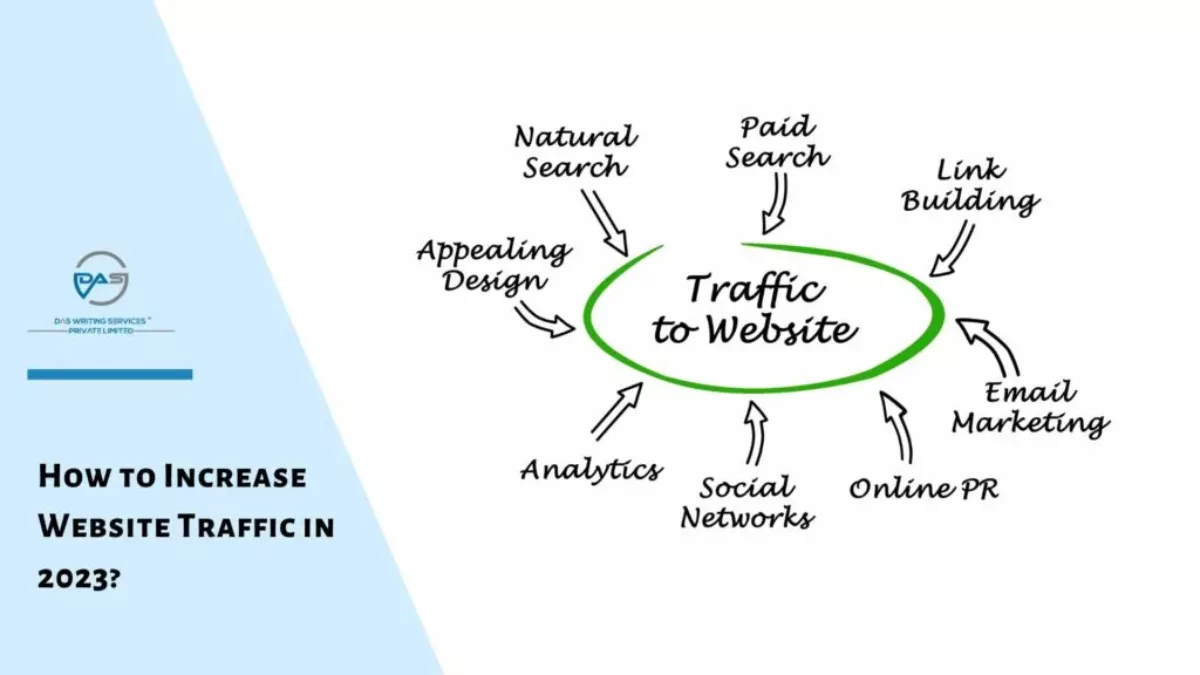





Leave a comment
All comments
Heidy Mercer
naturally like your web site however you need to take a look at the spelling on several of your posts. A number of them are rife with spelling problems and I find it very bothersome to tell the truth on the other hand I will surely come again again.
Parker Robinson
Hello! I just wanted to drop by and say that I absolutely loved this blog post. The insights you provided were incredibly helpful and thought-provoking. It's always a pleasure to read content that is both informative and engaging. Keep up the great work, and I look forward to your next post!
Kasey Clarke
Great post! I enjoyed reading it and learned a lot. Your writing style is engaging and easy to follow, and the information you provided was very helpful. Thank you for sharing your knowledge and expertise on this topic. Keep up the good work.